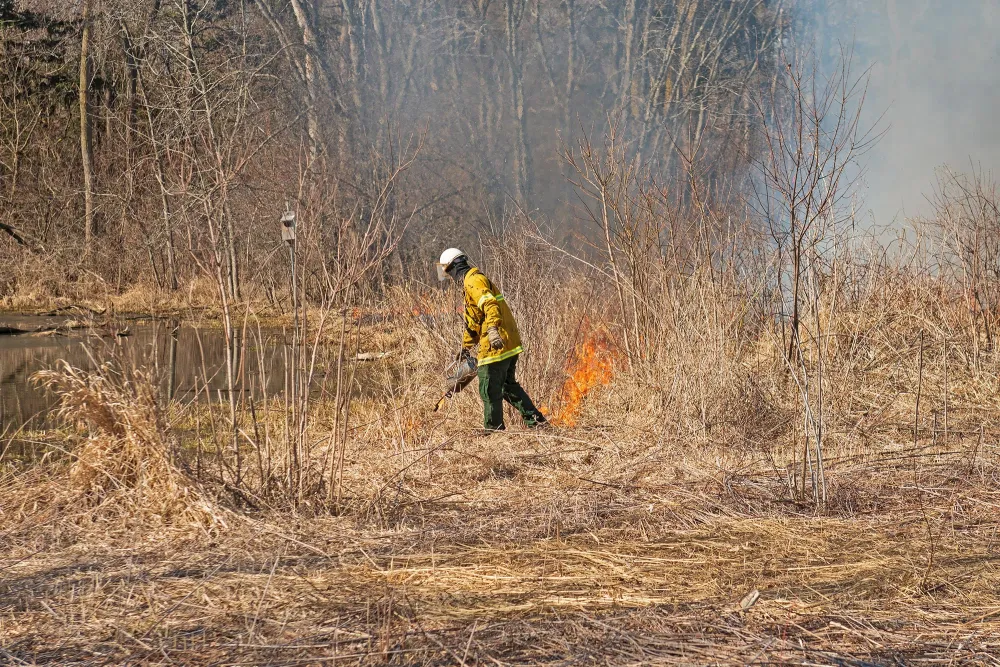Now live: The 2025 Canopy Report. Learn how Americans see trees. GET THE REPORT
Article
Not All Fires are Bad Fires
Smokey Bear tells us to prevent wildfires, but not even Smokey says that all fires in the forest must be suppressed. In fact, foresters often use prescribed burns as a management tool to improve the forest.

Examples include using prescribed fires to:
- clear the land for seeding or planting seedlings after a reproductive clearcut.
- allow lightly-burning ground fires clear slash and undergrowth that would otherwise serve as ‘ladder fuels.’ Ladder fuels carry fires into the crown of trees where the flames become deadly.
- reduce the number of young, shade tolerant species that would eventually overtop or crowd out shade intolerant species that may be more economically desirable.
- eliminate small, thin-barked hardwood species in older pine stands (as long as the lowest branches on the pines are high off the ground!)
- control certain diseases such as brown spot needle blight in longleaf pine stands.
Note: Fire as a management tool should only be used where the law allows it and under the planning and control of experienced, professional foresters.
Smokey may not be this tolerant, but U.S. Forest Service policy is shifting toward not attempting to suppress all fires, even when they are not intentionally started for management purposes.
Part of the reason is economic and part is ecological. In 2012, drought-fueled fires cost the nation over $1.3 billion in suppression efforts. This was $400 million over what had been budgeted! For the 2013 fire season, Forest Service Chief Tom Tidwell has ordered firefighters to observe but not necessarily attempt suppression if a particular fire poses minimal threat to life or property.
This is more in line with what has been done in national parks in recent years and primarily affects forests in remote areas. Not only will this save money and reduce risk to firefighters, it will also let nature play more of its traditional role of creating a mosaic of cleared land and renewing forest stands over time.
Fire management is a complicated tool and it has its drawbacks, especially if the fires burn out of the public forest and onto private land. Skill and evolving fire science will help reduce these threats and keep fire within bounds of serving instead of destroying.
When forest fires do burn uncontrolled and natural regrowth is unable to occur, you can help restore these areas to their once-productive state.